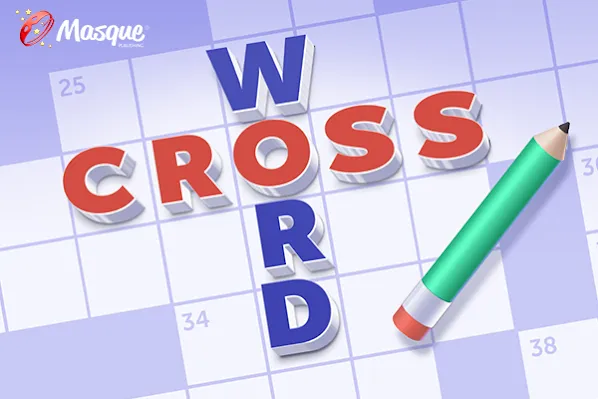Kettlebell training may increase muscle strength and reduce inflammation as we age, a new study finds. Here's how to get started.
New research published on Thursday finds that kettlebell training may help reduce inflammation and increase muscle strength as we age — even without a history of being physically active.
If you’re wondering what a kettlebell is, it’s basically a weight that’s about the size and shape of a teapot (or, erm, kettle) with a round figure and handle on top. The New York Times reports that it first appeared in 18th-century Russia as a counterweight for measuring crops, and became used recreationally by farmers — and eventually Soviet army recruits — to show off their strength. But it’s now a staple in gyms and weight training facilities, and you don’t need to be a Russian farmer or a lifting bro to reap the benefits of this workout tool.
Here’s what the study found
The study, which is being presented at the 2024 Integrative Physiology of Exercise conference, enrolled adults between the ages of 60 and 80 in kettlebell training sessions twice a week for a year.
Newsletter: The Yodel
Trusted news and daily delights, right in your inbox
See for yourself — The Yodel is the go-to source for daily news, entertainment and feel-good stories.
After six months, participants’ muscle mass increased, as did their grip strength and upper leg strength. After 12 months, the participants showed other signs of improved physical function — including taking less time to climb a flight of stairs or to rise from a chair to a standing position. Researchers also found that “blood markers of whole-body inflammation decreased.”
“We had a mix of individuals from different backgrounds that had no prior exposure to resistance training, and our findings demonstrate that this type of training program leads to benefits even in individuals starting at an older age,” Davi Mázala, first author of the study said in the press release.
How to get started with kettlebell training
Kettlebells are a great tool for anyone new to weight training because they’re small, simple and versatile.
“Kettlebells don’t require expensive machines or designated facilities,” says Sabrena Jo, ACE Fitness’s director of science and research. “You can use them anywhere indoors or out, allowing you to add some variety to your exercise.”
Ready to get started? Here are some tips experts shared with Yahoo Life.
Warm up and loosen up. Before working with a kettlebell, Jo says you should stretch and do some exercises to loosen up your hips, shoulders and back — which are utilized in kettlebell movements. Once you’re ready to use the kettlebell, maintain a firm but relaxed grip. “Gripping too tight on the kettlebell can fatigue your forearms and limit performance,” Jo explains.
Start with simple exercises. Kasey Murphy — a personal trainer and the biodynamics and human performance coordinator at Georgia Southern University, where she has published research on kettlebell and other strength and conditioning topics — says it’s important to master basic movements before trying more complex exercises. “Making sure you can safely and confidently perform isolated, single-joint movements (like a standing hip hinge or strict shoulder press) with the kettlebell first is a great starting point,” Murphy says. “These movements help build the foundational strength and coordination needed for more advanced exercises (like kettlebell swings) that require the coordination of multiple muscle groups.”
Use the correct muscles. Make sure you’re using your glutes and core muscles and not just relying on your arms to power the movement. “When swinging a kettlebell for the first time, it is critically important to engage the core and maintain good posture to protect the back,” says Dr. Constance Chu, a professor of orthopedic surgery at Stanford University. Use your abdominals, obliques and glutes, and keep your spine neutral to prevent injuries. “Poor technique, especially during dynamic moves like swings, can lead to back, shoulder or wrist injuries,” Jo adds. “Always hinge at your hips, not your lower back.”
Break up your training into several short sets. Doing multiple short sets instead of one long workout helps you maintain good form and use the correct muscles — which is harder to do when you’re tired. Jo recommends resting for 30 to 60 seconds between sets. And if you’re new to kettlebell training, Murphy suggests performing several sets of 10 to 15 repetitions using a “light to moderate weight.” The number of sets and repetitions you should do varies depending on your goals; larger repetitions with a lighter weight build endurance, whereas heavier weights with fewer repetitions improve strength.
Lift the right amount of weight. Don’t overdo it at first. Every person is different, but on average, Murphy says a good starting weight for new kettlebell trainers ranges from 12 to 24 kilograms (or 26 to 53 pounds) for men and 8 to 16 kilograms (or 18 to 35 pounds) for women. “Start with a weight that allows you to perform 10 to 12 reps comfortably and with good form before gradually progressing to heavier weights,” Murphy says. Chu says a good gauge for how much to work out with is to use a kettlebell that you can easily lift with just one arm — and then perform swings while holding on with both hands.
Get advice from a professional. And don’t be afraid to ask for help. “For those who are not accustomed to exercising, it is best to work with a trainer or a physical therapist who can assist with learning how to safely develop strength and flexibility using kettlebells,” Chu says.
Solve the daily Crossword


